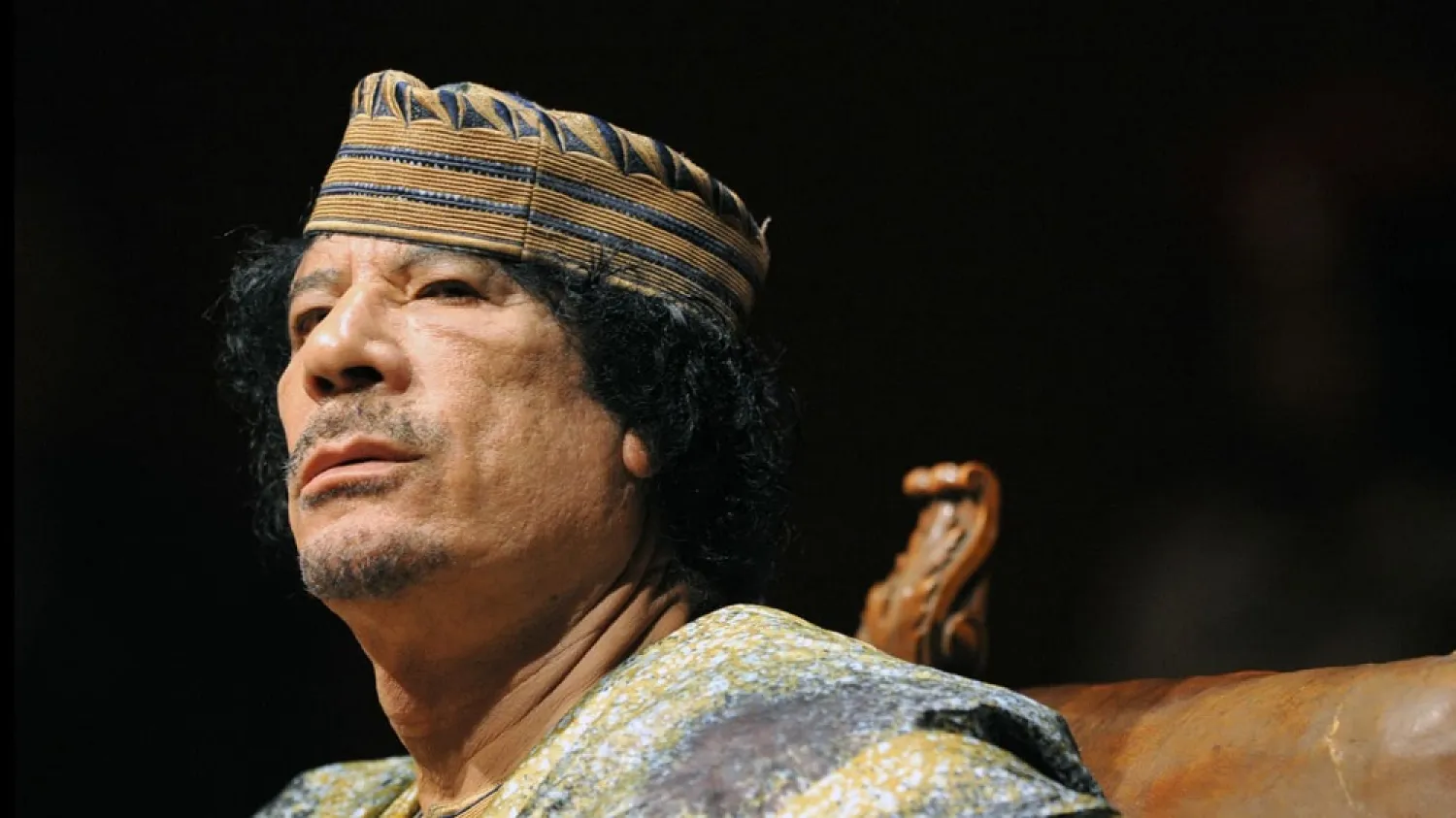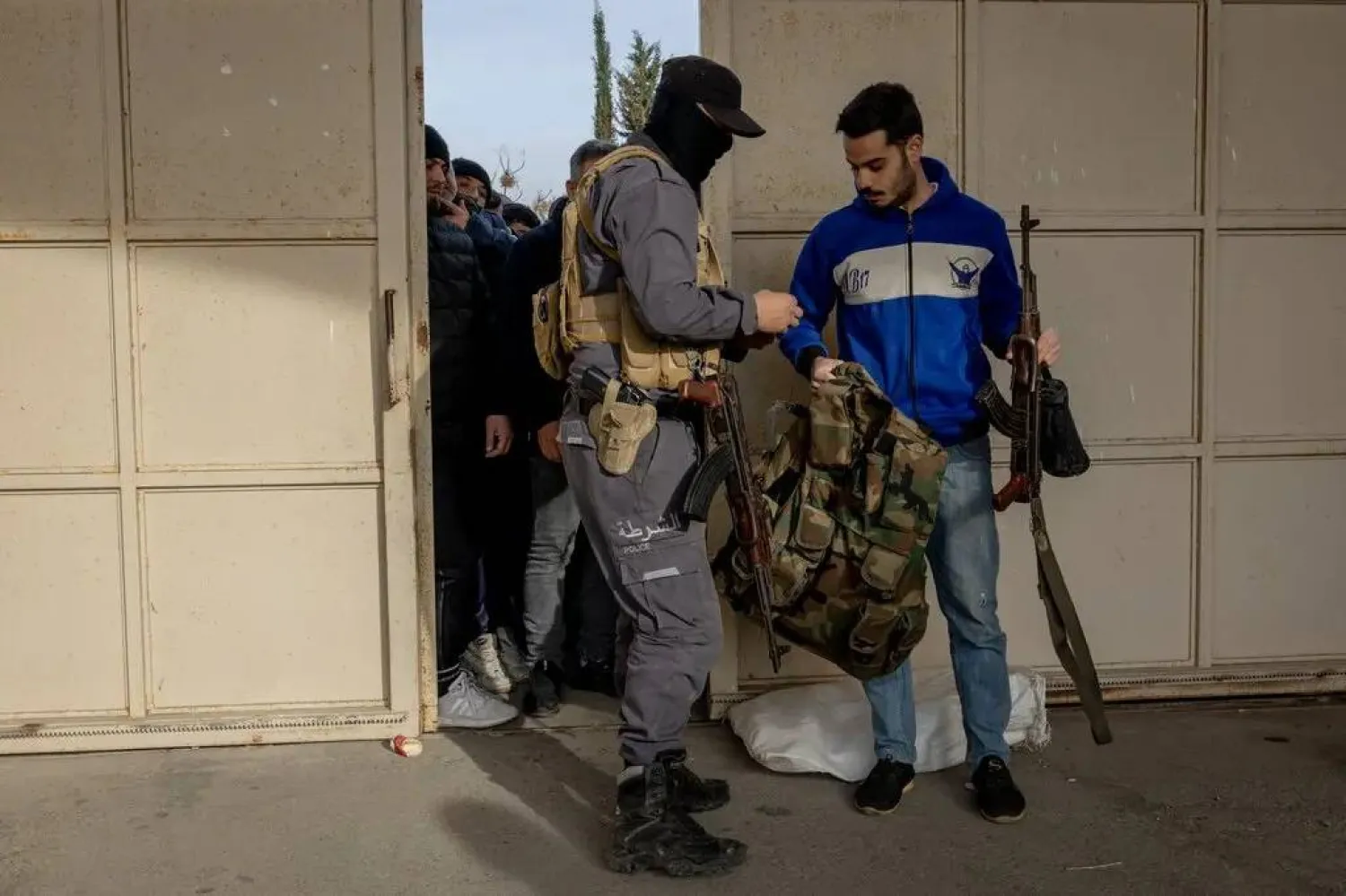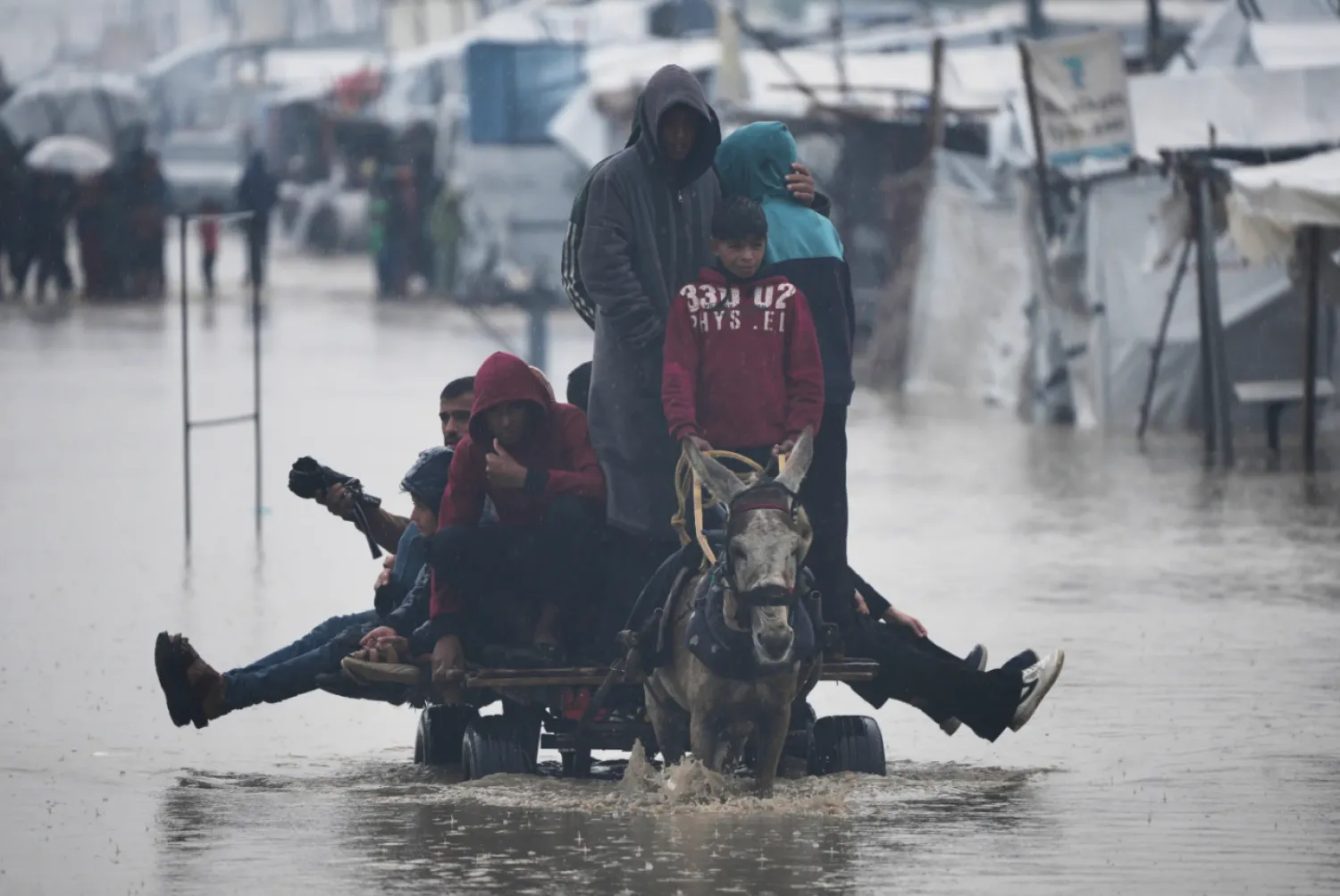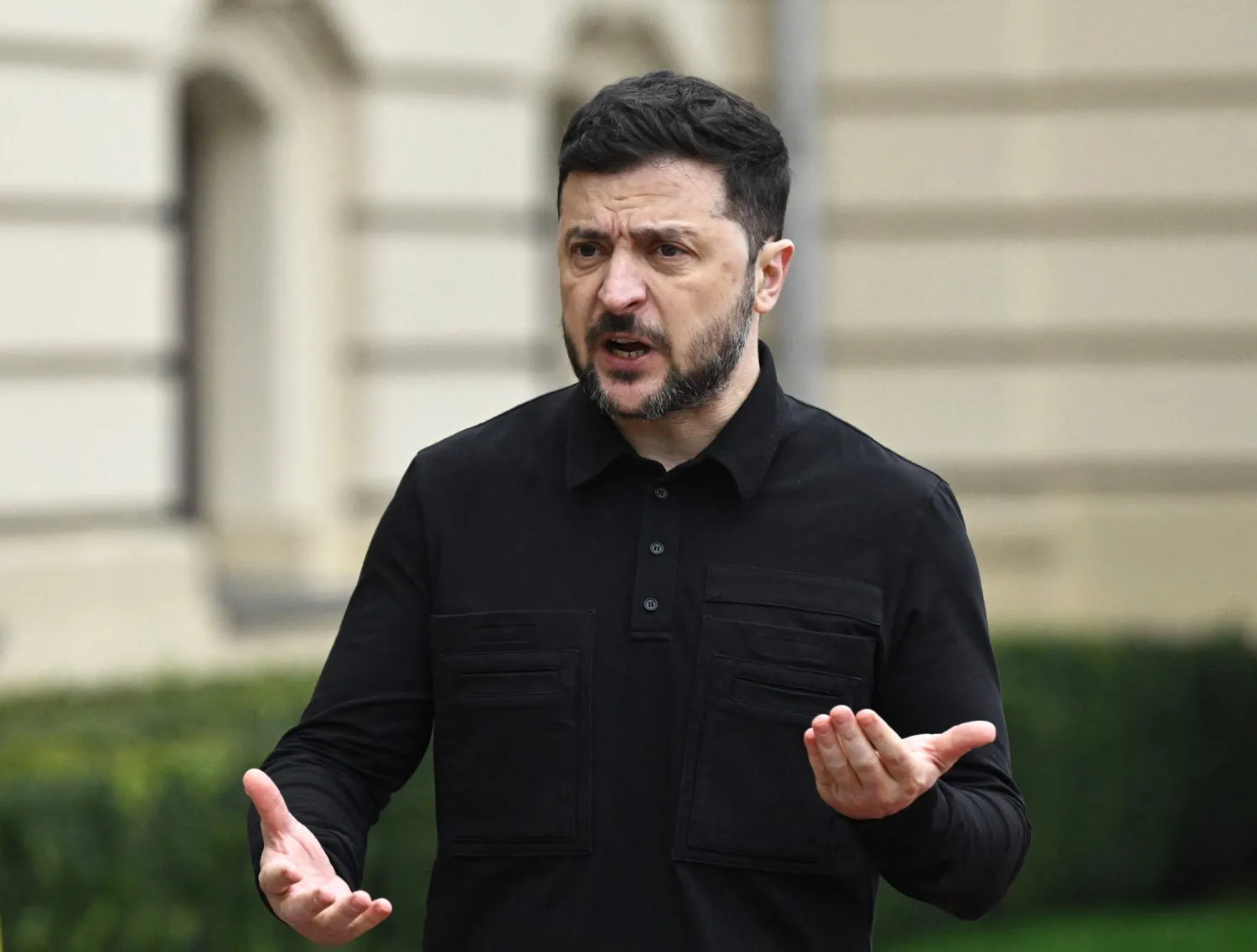The confidants of late Libyan leader Moammar Gaddafi have since the collapse of the former regime been facing an uphill battle to return to the spotlight. In its latest series on Libya, Asharq Al-Awsat highlights their efforts as they are met with internal and external adversity fearing that the secrets these confidants hold may be exposed to the world.
Seven years after Gaddafi’s death, the confidants are slowly coming out into the open. These figures include witnesses from various nationalities, who were affiliated with Libya and world leaders.
Ziad Takeiddine, a Lebanese businessman, who attended several meetings with senior Qatari, French and Libyan officials, said that the amount of conspiracies that were plotted against Tripoli were countless and some fear that the truth may emerge.
Meanwhile, Gaddafi’s political and legal supporters have started to emerge on the Libyan scene. Some have sought to run in presidential and parliamentary elections that are being prepared by United Nations envoy Ghassan Salameh.
Others are also preparing to file charges against sides they suspect of killing Gaddafi, his son Mutassim and Defense Minister Abu-Bakr Yunis Jabr in Libya in 2011. They are also seeking to file charges against those defaming Gaddafi’s other son, Seif al-Islam. Others want to open an investigation in the death of former Oil Minister Shukri Ghanem in Austria in 2012. The case is unresolved and Takieddine believes that he was murdered.
Ghanem, 69, was living in exile in Vienna. Police found his corpse floating in a branch of the Danube River. It was initially reported that he died of a heart attack while exercising and that he collapsed in the river where he drowned. Members of the former regime now refute the claims, saying that he was killed by his European rivals who feared that he would expose major financial dealings carried out between them and Libya.
Takieddine, who is a very close aide to Seif al-Islam, accused France of being behind the murder.
These suspicions coincide with legal efforts underway by Seif al-Islam’s lawyer in London, Karim Khan, to refute international reports about his client during the 2011 Libyan armed revolt. These reports have tarnished his image and reputation and it was impossible at the time to set the records straight because Seif al-Islam was being held in jail.
A leader from the former Libyan regime meanwhile said from his luxury villa in eastern Cairo that investigations have been launched in several cases that “we believe have caused major damage to Libya.” These cases include the assassination of Gaddafi and his aides and the death of Ghanem.
It has taken Gaddafi’s confidants and members of his former regime years to recover from the leader’s death, but it now appears that they are ready to return to the Libyan and international scenes. A member of the al-Awaqir tribe recently said a tribal meeting in Benghazi that “now is the time to catch our breath. Today, it is easy to say that what took place in recent years was a conspiracy.”
It appears that time has been enough to collect testimonies and documents in an attempt to understand what had taken place since 2011.
Takieddine said: “No matter how much some try to hide the truth, it will continue to haunt them until it emerges in the open.”
He acknowledged attempts to “bury destructive details, but I believe that everything will be revealed. It is only a matter of time.”
Thousands of Libyan state documents have indeed disappeared, but several other files remain scattered here and there. These files are enough to strike fear in some sides over what they may reveal should they be exposed to the public, said a former regime member, who spoke on condition of anonymity.
Some even fear that Abdullah al-Senussi, former military intelligence strongman, would be allowed out of his Tripoli detention. He is one of the witnesses of the Corinthia Hotel Tripoli meetings between Libyan and French officials over funding of then presidential hopeful Nicolas Sarkozy’s electoral campaign.
Several letters have been written between Paris and Tripoli over financial affairs worth hundreds of millions of dollars. One letter, dated October 30, 2008, discusses previous negotiations when Sarkozy was interior minister over reaching a settlement over the 1989 UTA Flight 772 bombing, for which Senussi and other Libyans have been implicated.
Senussi has been released from his al-Hadaba jail and is now living in better conditions in Tripoli, albeit under militia supervision. Former Prime Minister al-Baghdadi al-Mahmoudi and foreign intelligence chief Abou Zeid Dawrad and others are also present in Tripoli. They, along with Seif al-Islam, received death sentences some three years ago.
These figures have however started to return on the Libyan scene through secret meetings held in Cairo and Tunis villas and apartments. These meetings have also been attended by Libyan political figures, as well as officials from major countries. Some are searching for information that may hurt rivals during the electoral campaign period, while Seif al-Islam’s name has been frequently mentioned when speaking about Libya’s future.
Some former regime detainees have benefited from a parliamentary pardon, but many still remain behind bars in prisons in regions that are under militia control.
Seif al-Islam meanwhile was released by a pardon in 2017. Since then, his name has not been linked to any overt political activity due to fears over his life, said his close associates. The possibility though that former regime members could eventually be released from jail worries several sides.
“There are remarkable facts that bring together politics with money-laundering and even war,” said the former regime member from his Cairo villa.









